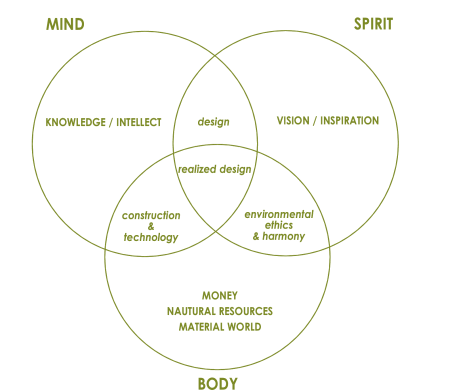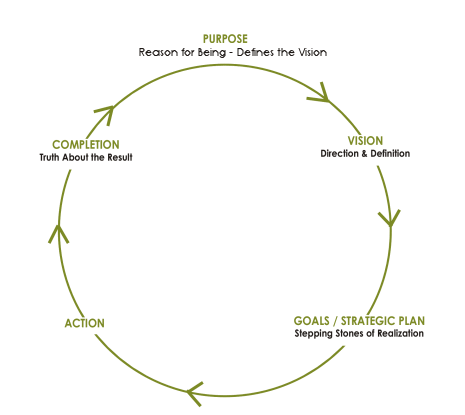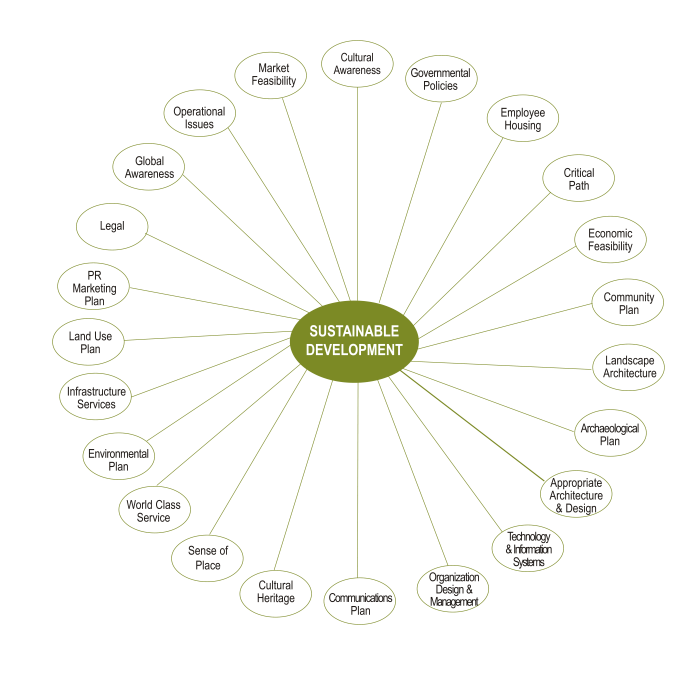Zimmer Associates International has a reputation for creating highly elegant,
powerfully distinctive and truly memorable properties. Zimmer Associates International
has built its reputation on a unique, holistic approach to design and development.
We embrace regenerative development - a natural systems approach that comprehends
and builds on the complex human, natural and economic relationships that create
and sustain the vitality and viability of place. Such an approach contributes
to restoration of the local ecology, revitalization of the community culture,
and self-reliance of the local economy.
Regenerative Design & Development

Enables developments to become integral parts
of their natural and cultural environments

Creates an appropriate match of technology
to need - reduces wasteful over design

Depends on local processes & resources
to vary widely by locale - draws on human creativity for invention
and adaptation to ever varying circumstances

Involves intentional redesign of ecosystems

Creates systems that continue to evolve after
taking initial form - management is necessarily a creative activity as
well

Requires understanding of how to determine
limits - sustainability requires using natural processes
and resources within their limits

Sustainability - Maintaining a healthy
relationship with a place

The first
step toward achieving sustainability in environmentally appropriate development
is
an in-depth site assessment
- a
study to evaluate the assets and liabilities of “Place” in terms
that
relate directly to the appropriateness of planned
or existing use

The scope
of considerations is such a study focus on the relationships between
the factors that created and maintain the existing system, and the health,
productivity and resilience of that whole

For it is
an intimate understanding of the connections between land, human, geologic,
and natural history as well as the natural cycles and forces that play
across and through a site that tells the story of Place - the breadth
of the personality of our partner

Within
these limits the elements of design can be placed in an array that
not only
complements the Whole we are about to join, but also
creates safe, energy-efficient, comfortable, productive and aesthetically
pleasing
human habitat

The advantages
of entering into healthy relationship with place extends beyond preserving
a healthy environment, our legacy to our descendants

It enables
us to understand how to avoid dysfunctional designs, the antithesis of
sustainability

A metaphor
for healthy relationship with the Whole is the attention and consideration
given to water. In an ethical, sustainable system of
design, water is recognized as the most precious resource - the
lifeblood of
Place

Every element
of a design for an environmentally appropriate, sustainable development
needs to address its relationship to water

How can water
be held at its highest potential in this system?

How can
our design s interact with the system’s - our system’s lifeblood
- in a manner that retains its integrity, its purity, and its potential
energy for as many cycles as possible before it finally leaves?

Regenerative
systems, or in a smaller sense regenerative design elements, replace
themselves or grow in extent to sophistication with the passage
of time

Achieving
environmentally appropriate or sustainable development is really about
engaging in a process or relationship with a Place on this earth

A willingness
to intimately know oneself and to know one’s partner with the same
intimacy, respect for limits and boundaries, appreciation of the partner’s
virtues, mutual sharing and sacrifice, continual communication and reassessment,
a zest for life and the joy of living, and commitment to be in relationship

Sustainable
Development








